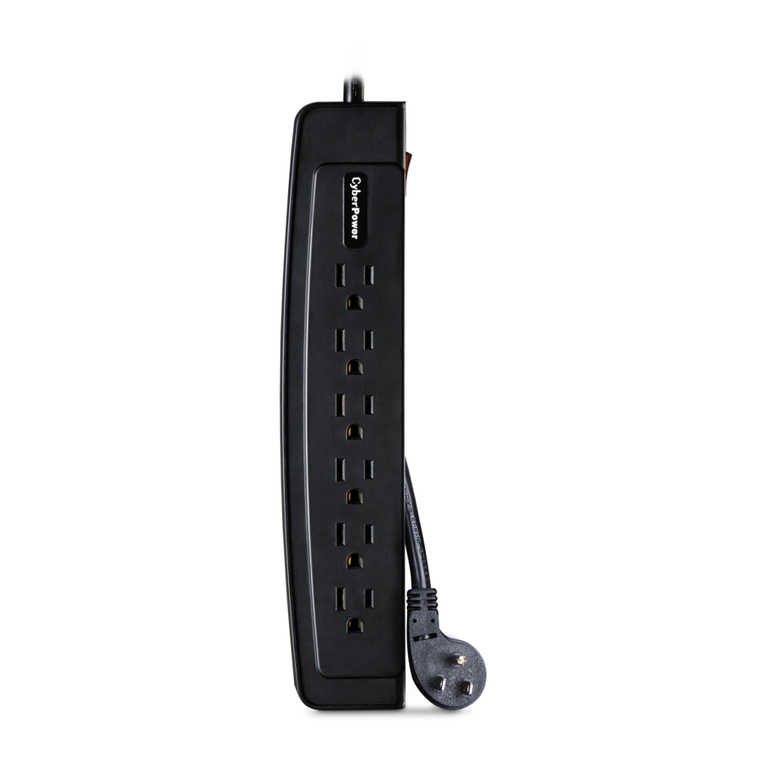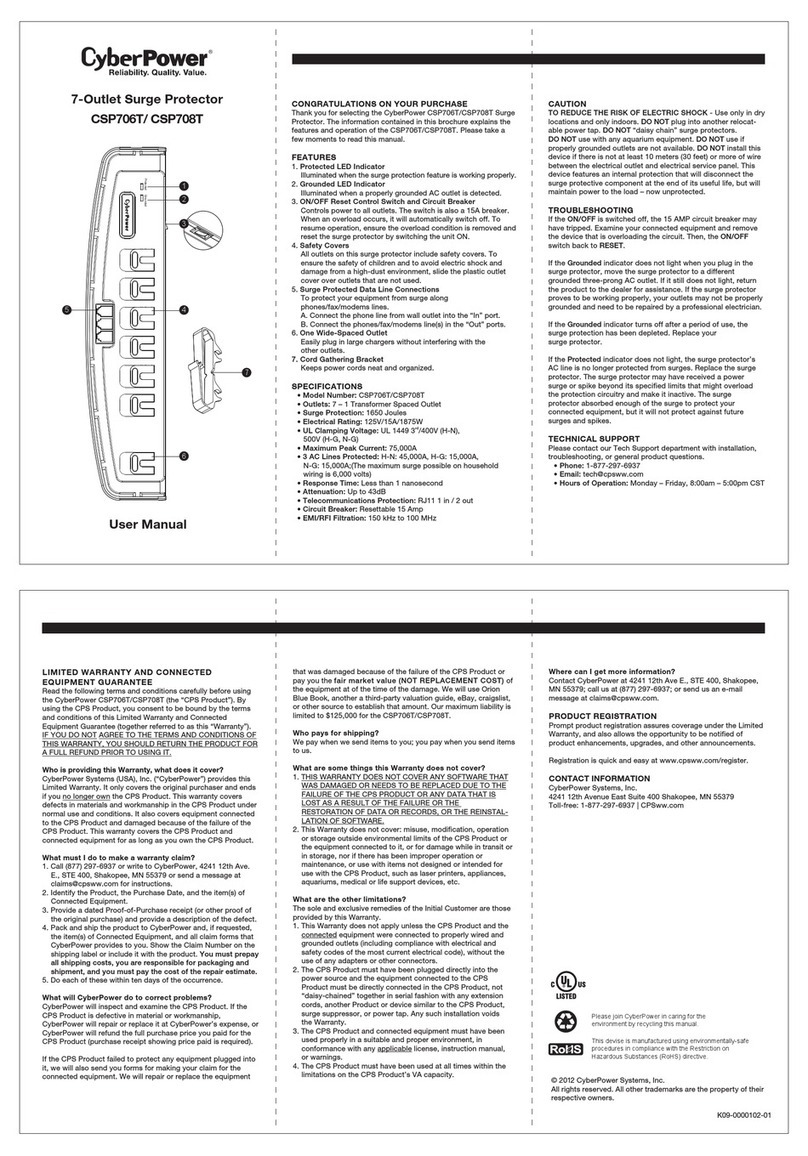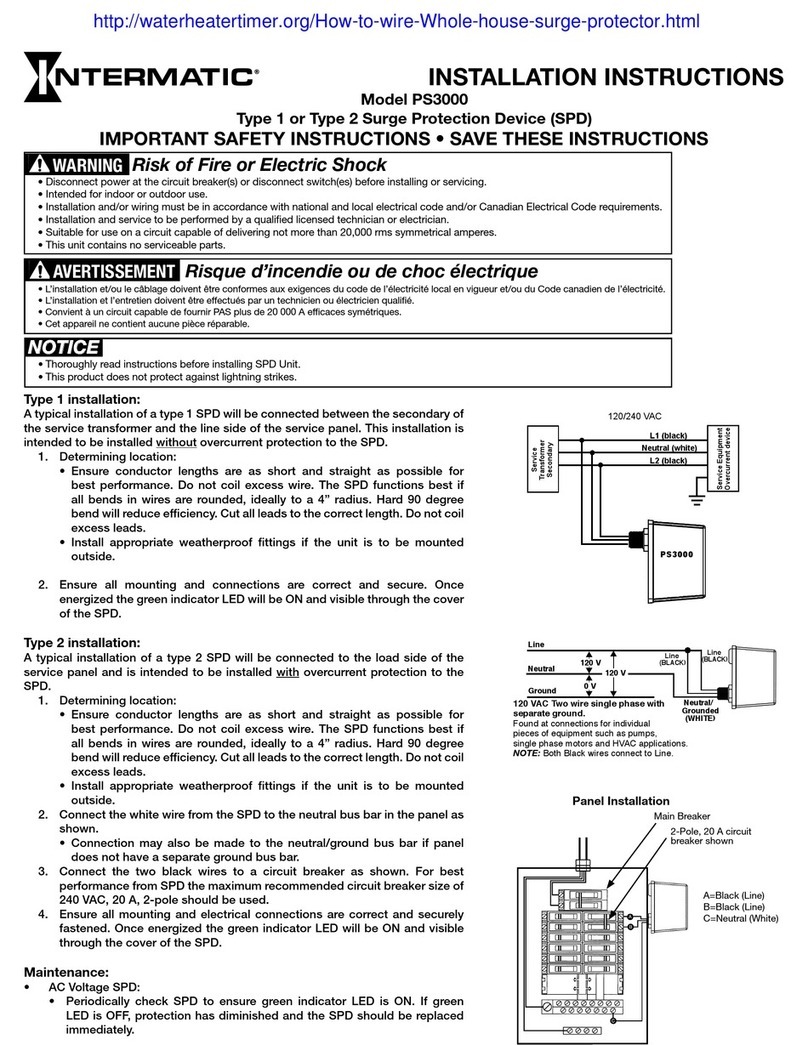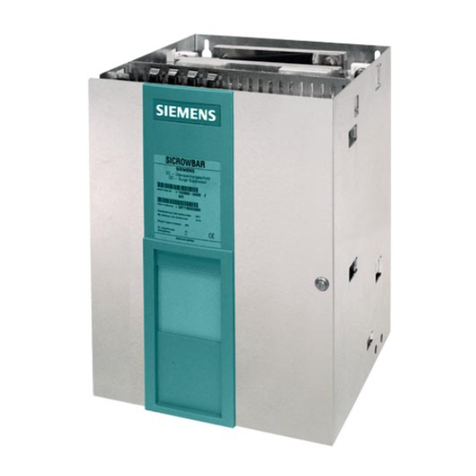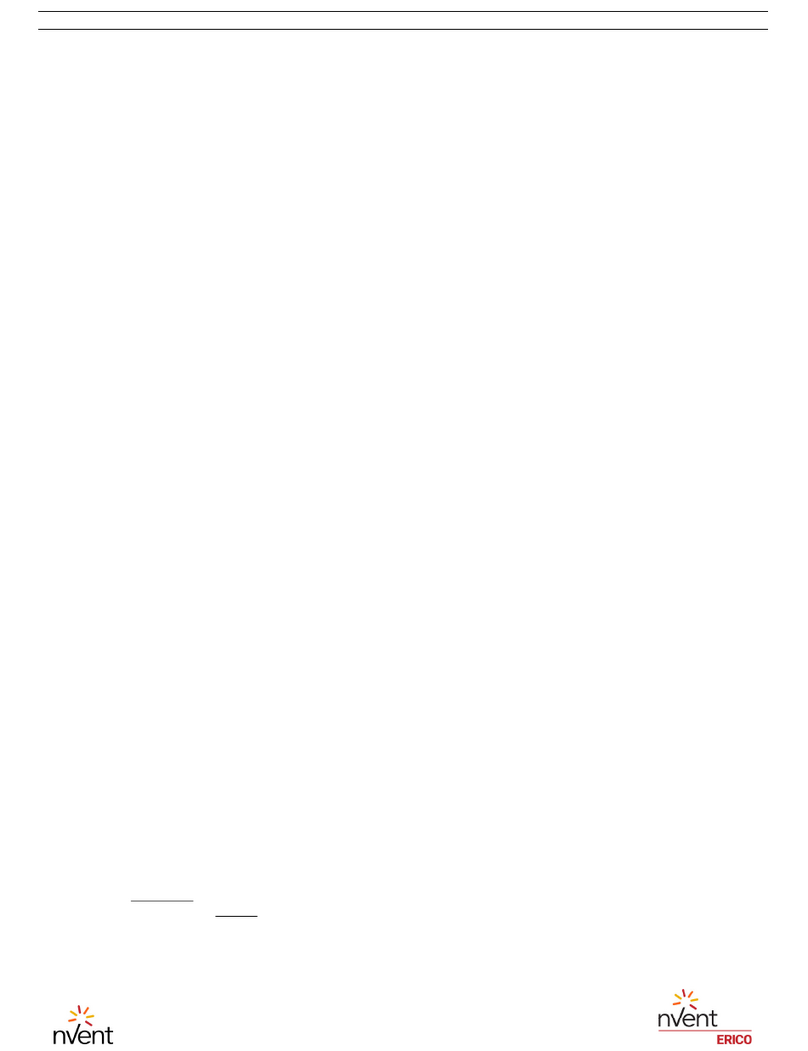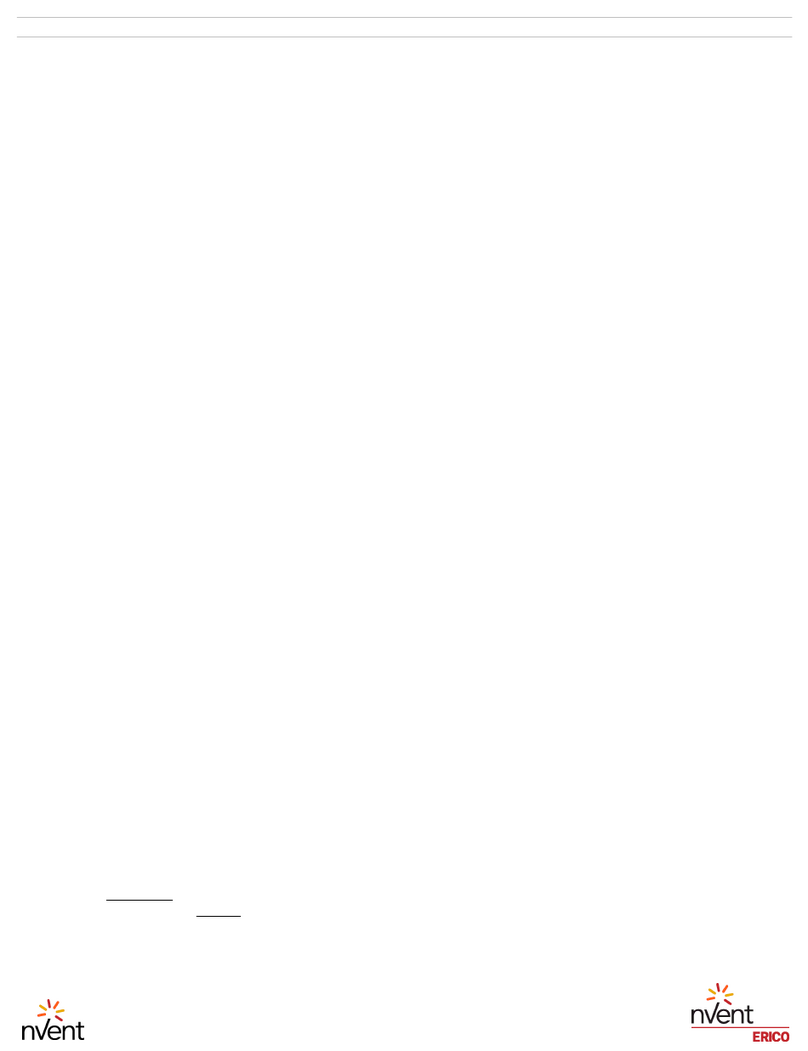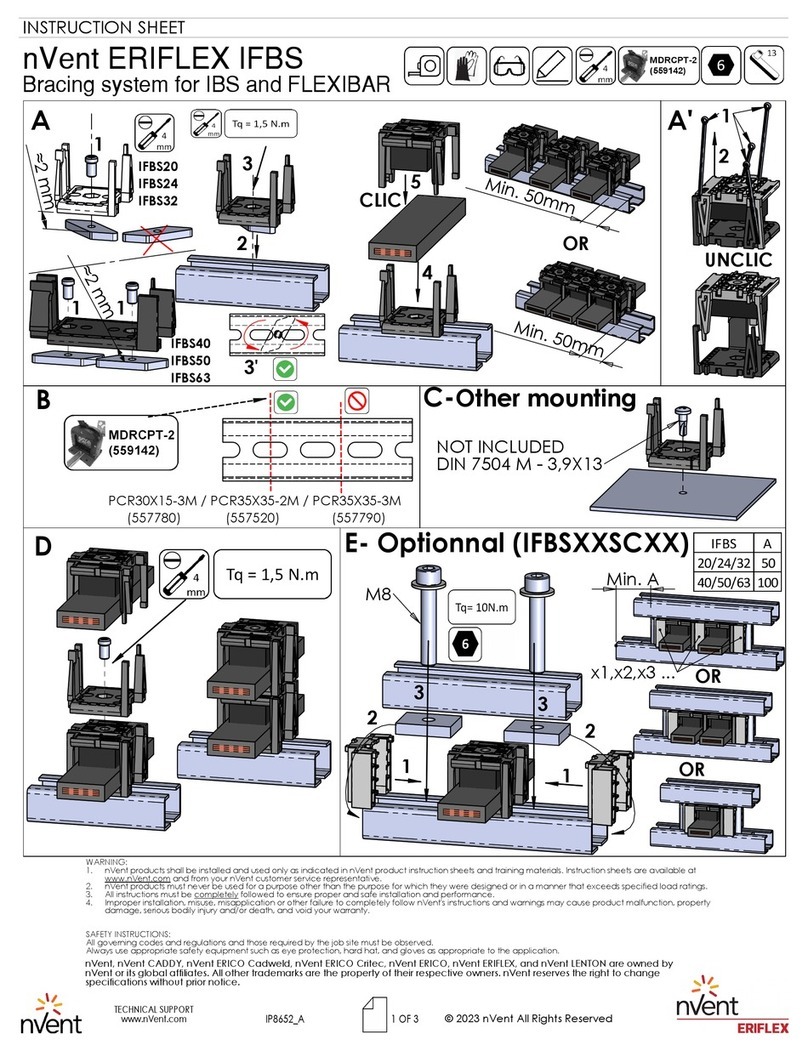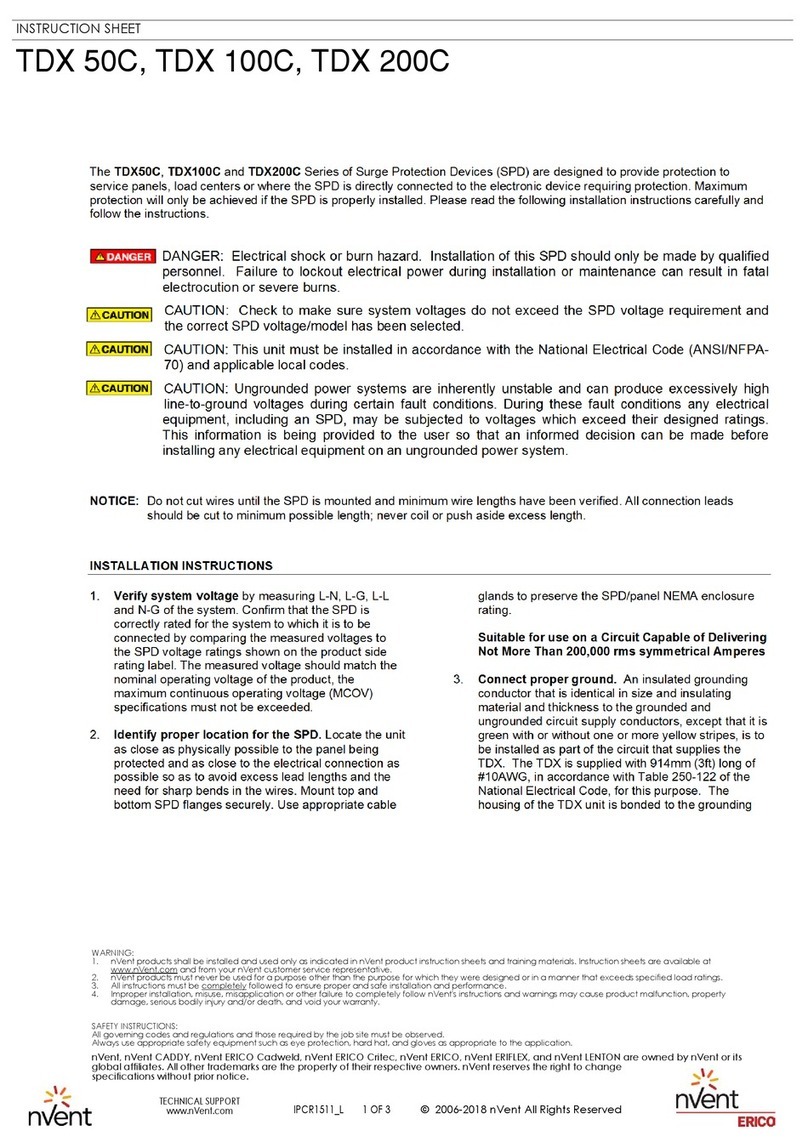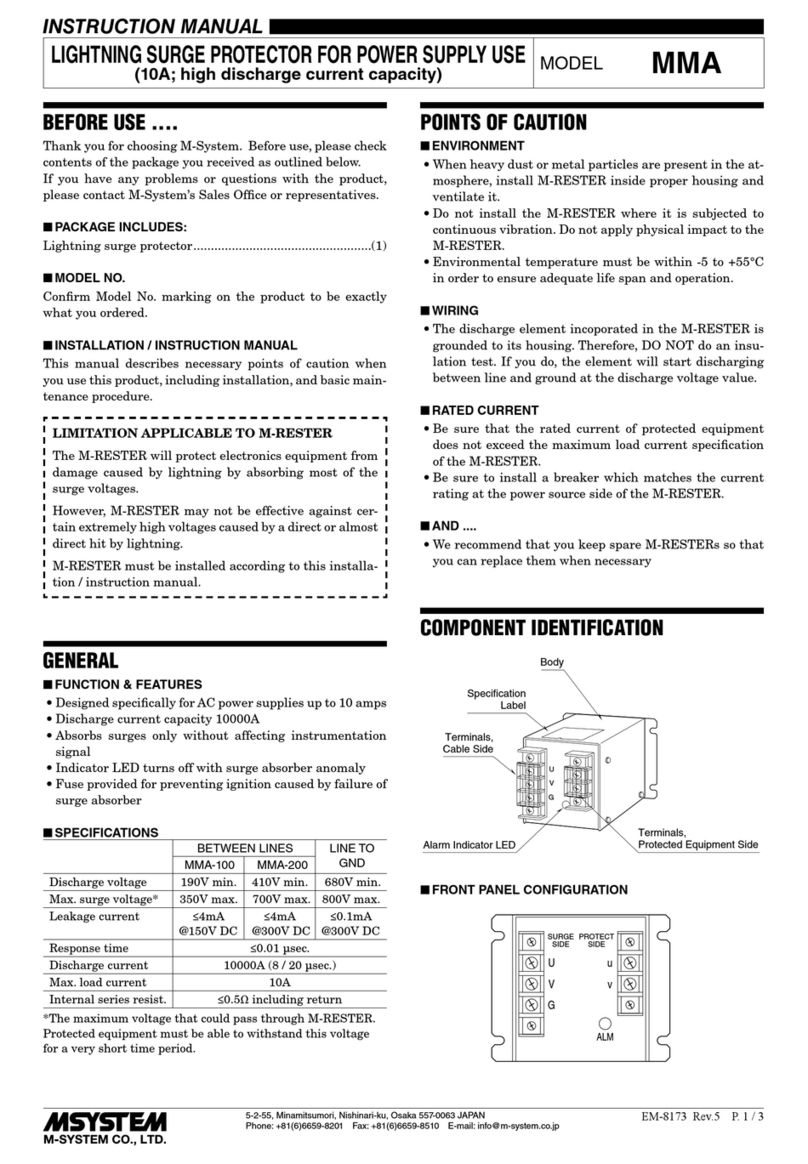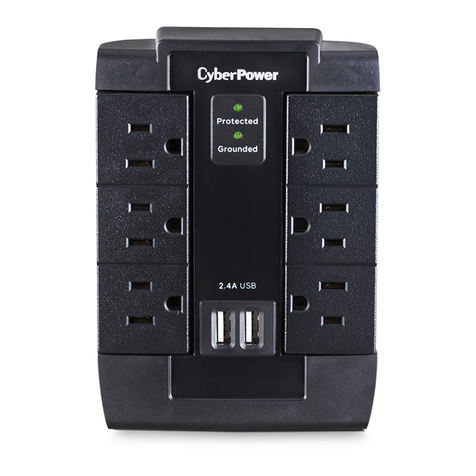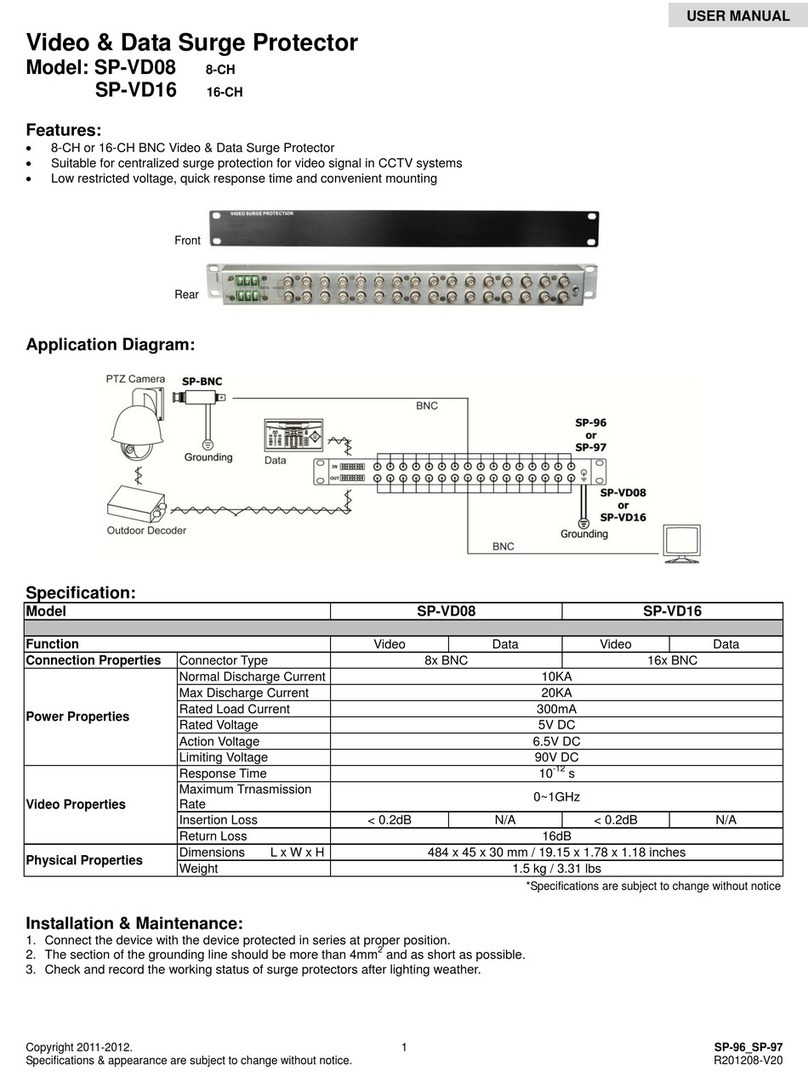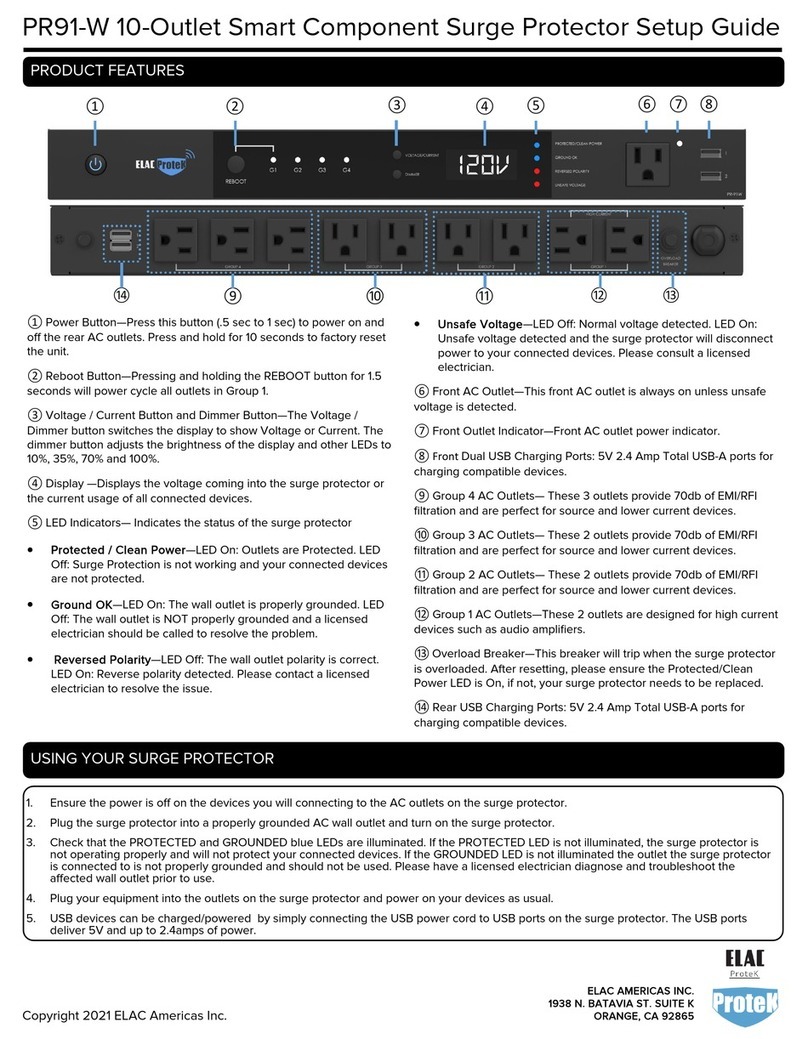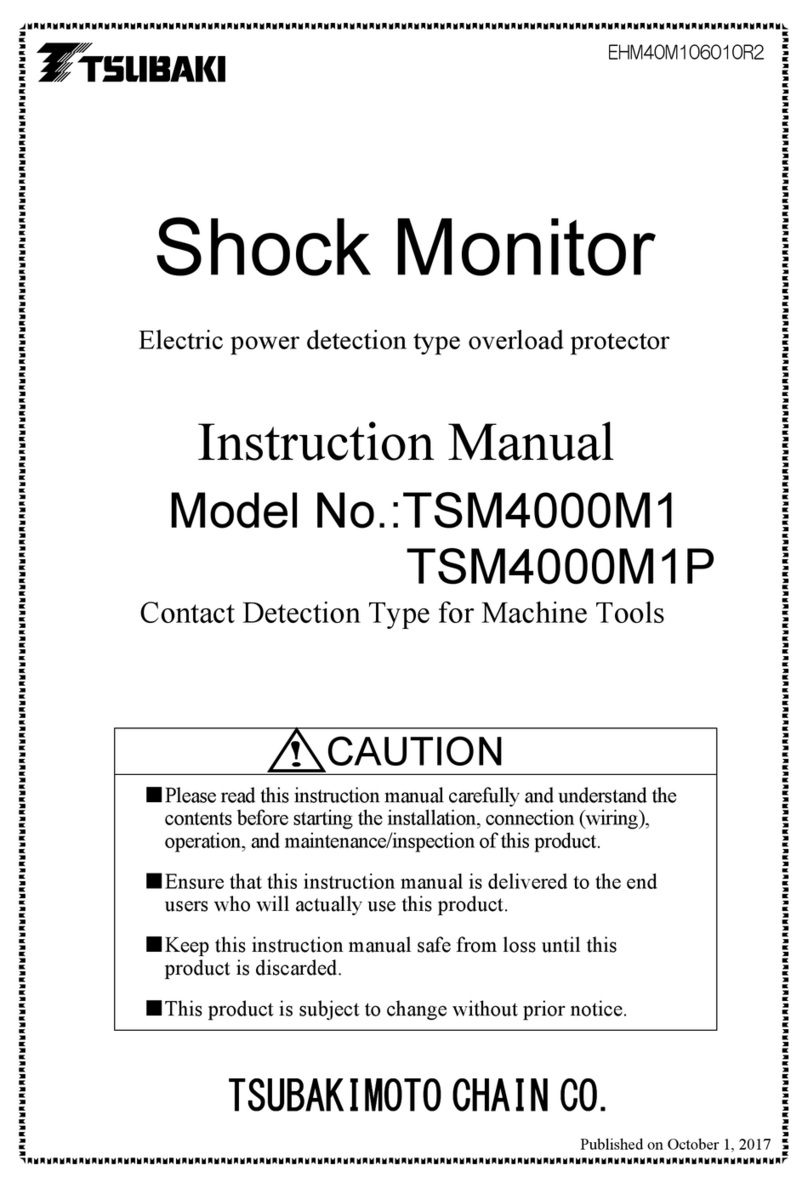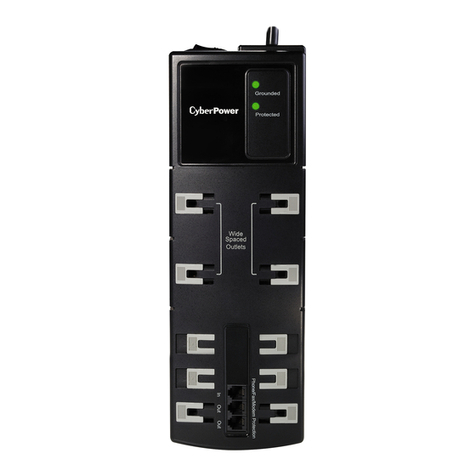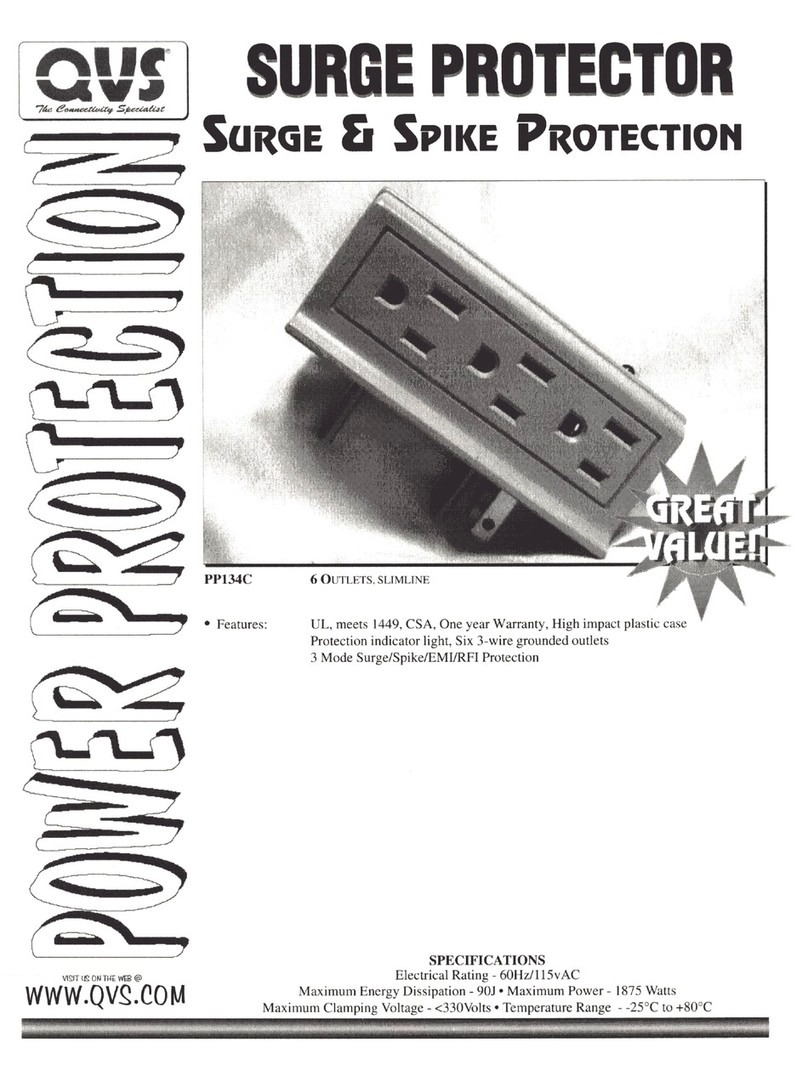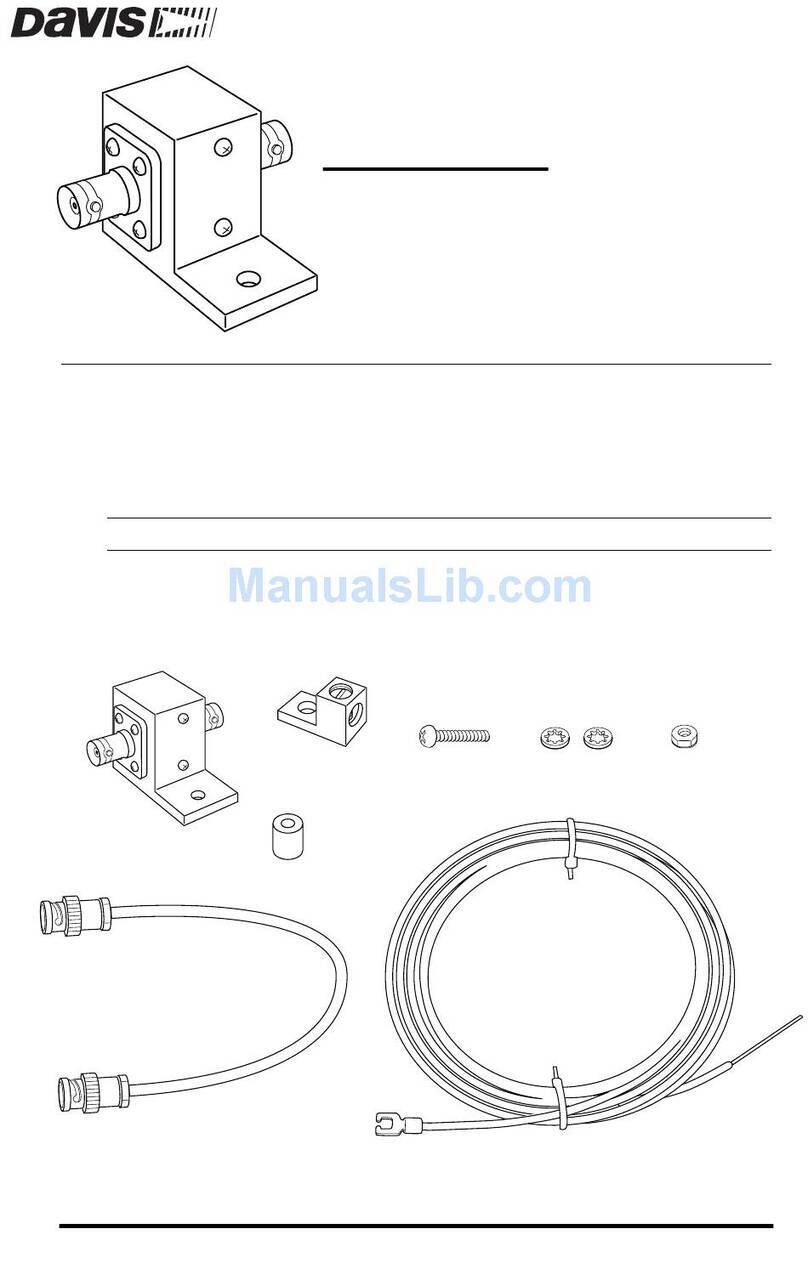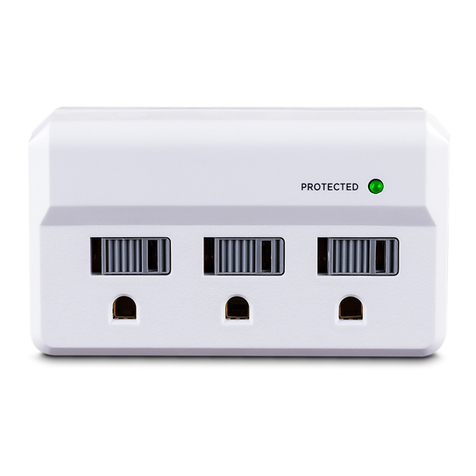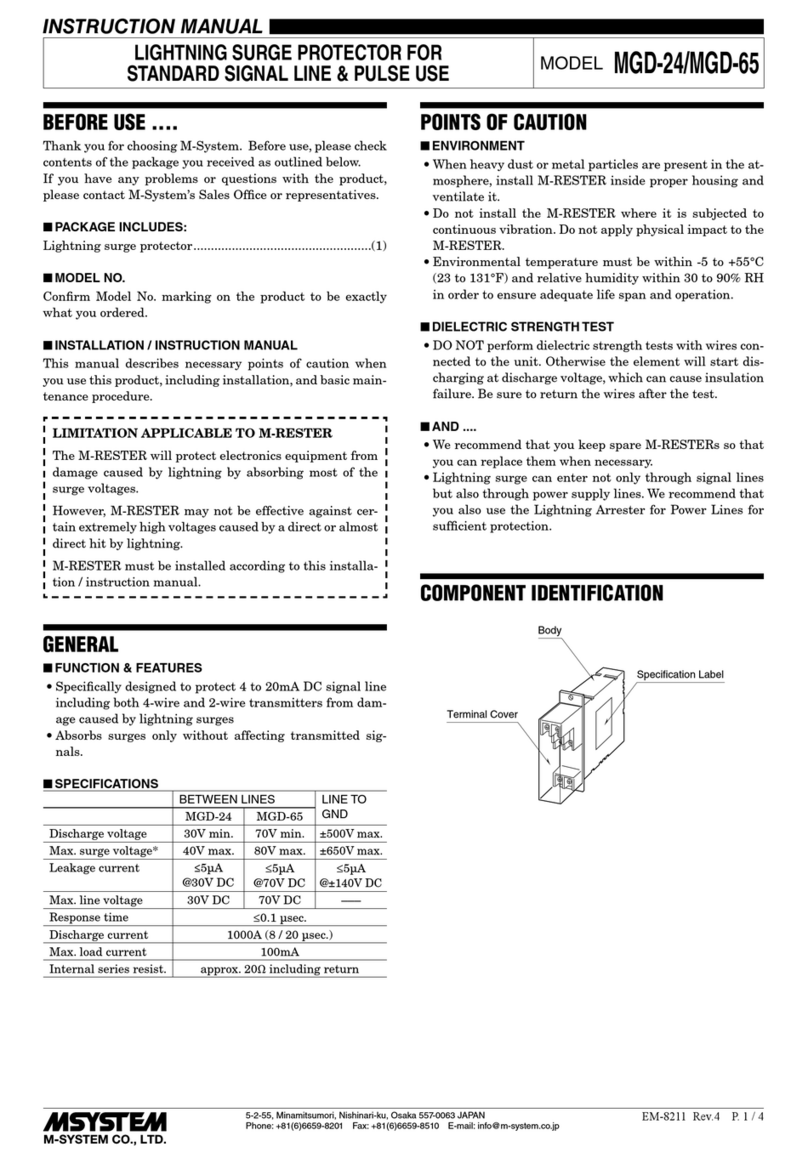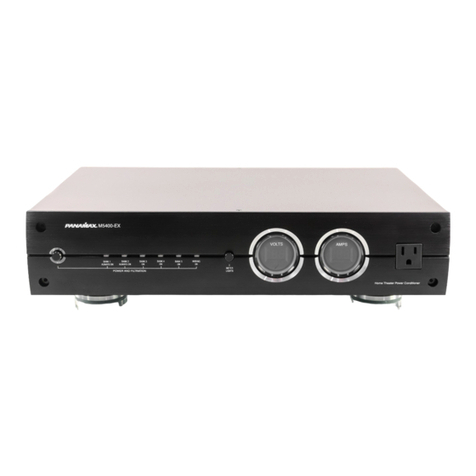
global affiliates. All other trademarks are the property of their respective owners. nVent reserves the right to change
SES320 Series
www.nVent.com
specifications without prior notice.
TECHNICAL SUPPORT
IP9018_D 3 OF 5
nVent, nVent CADDY, nVent ERICO Cadweld, nVent ERICO Critec, nVent ERICO, nVent ERIFLEX, and nVent LENTON are owned by nVent or its
INSTRUCTION SHEET
Surge Protective Device
© 2022-2024 nVent All Rights Reserved
WARNING:
nVent products shall be installed and used only as indicated in nVent product instruction sheets and training materials. Instruction sheets are available at 1.
www.nVent.com and from your nVent customer service representative.
nVent products must never be used for a purpose other than the purpose for which they were designed or in a manner that exceeds specified load ratings.2.
All instructions must be completely followed to ensure proper and safe installation and performance. 3.
Improper installation, misuse, misapplication or other failure to completely follow nVent's instructions and warnings may cause product malfunction, property 4.
damage, serious bodily injury and/or death, and void your warranty.
SAFETY INSTRUCTIONS:
All governing codes and regulations and those required by the job site must be observed.
Always use appropriate safety equipment such as eye protection, hard hat, and gloves as appropriate to the application.
Voltage Rating
Before installing SPD, verify that it has the same voltage rating as the power distribution system.
Compare the SPDs nameplate voltage or model number and ensure that SPD configuration matches the
intended power source.
Circuit Breaker Connected
When connected on load side of main disconnect, we suggest connecting via a 30A circuit breaker. Ensure that
the circuit breaker can accommodate the number of phases the SPD is designed for. The circuit breaker is the
intended disconnect switch and provides short circuit protection to the connecting conductors. These SPDs
have internal overload protection elements within the product. These SPDs have demonstrated 200kA Short
Circuit Current Ratings (SCCRs).
System Grounding
An equipment grounding conductor must be used on all electrical circuits connected to the SPD. For the
best performance, use a single point ground system where the service entrance grounding electrode
system is connected to and bonded to all other available electrodes, building steel, metal water pipes,
driven rods, etc. (for reference see: IEEE Std 142-2007). For sensitive electronics and computer systems,
we recommend that the ground impedance measurement be as low as possible.
When metallic raceway is used as an additional grounding conductor, an insulated grounding conductor
should be run inside the raceway and sized per the NEC®. Adequate electrical continuity must be
maintained at all raceway connections. Do not use isolating bushings to interrupt a metallic raceway
run. A separate isolated ground for the SPD is NOT recommended. Proper equipment connections to
grounding system and ground grid continuity should be verified via inspections and testing on a regular
basis as part of a comprehensive electrical maintenance program. On 4-Wire Power System Service Entrance
Panels, neutral to ground bonding (Main Bonding Jumper) must be installed per the NEC®. Failure to do so
WILL damage SPDs.
CAUTION: This unit must be installed in conformance with all governing codes and instructions. A Type 2 SPD must be
installed on the load side of the main over-current protection.
Retro-fit Into Existing Panel with No Available Breaker Positions
Follow all applicable Codes:
Consider consolidating loads in a manner that might free breaker positions.
A ten foot tap rule in NEC® 240.21(B)(1) allows you to tap the bus as long as the tap conductors are
rated at least 10% of the ampacity of the panel. In the case where the ampacity of the panel is larger
than the wires of the SPD, consider tapping the bus per NEC® 240.21(B)(1) and running appropriate size
conductors to a safety switch fused to 30A. Mount the SPD immediately adjacent to the safety switch.

